QuestionHi...I believe my cat may have hyperesthesia or something with very similar symptoms. He is over-grooming around the base of his tail and one of his sides, pulling out hair. There is dry, flaky skin there as well. He has the rippling skin at times, and it is VERY sensitive. When you scratch or pet him in certain places he makes biting movements with his mouth. He also has these sort of "biting spasms" where he'll start biting and then all of a sudden flip himself around. In a few seconds he's fine. Last night, he was on my lap when he had one of these and ended up biting me pretty hard for a few seconds. I decided it was time to do something about this.
So...I am taking him to a vet. However, when I called and mentioned this may be the problem, she kind of blew it off (although she did ask specifically about his symptoms). I have read about owners whose cats had this disorder and that it was overlooked by the doctor in favor of allergies and other things. If it is something else, I'm all for checking all the bases (especially since his skin is dry and flaky, maybe it is a skin problem primarily causing other symptoms). However, I'm wondering if there was any specific tests I should ask for or bring up to the vet, to ensure that this condition is not overlooked?
AnswerHi Natalee,
Unfortunately, diagnosing Feline Hyperesthesia Syndrome is frustrating. All other skin and behavioral disorders will be ruled out, first. Your vet may want to run some skin scrapings and hair cultures to rule out parasites and fungal and bacterial infections, as well as auto immune disease or an allergic response, depending on the appearance of his skin. A lot of trial and error with treatments such as cortisone injections or oral antihistamines, steroids and special diets might be expected, as well. If he responds to none of these things, but the behavior continues, I would encourage you to be persistent with your vet about the possibility of hyperesthesia.
As with seizure disorders and anxiety disorders, which hyperesthesia is believed to be related to, there is no test for the condition, so the diagnosis is made after all other causes have been excluded. Then, a trial course of treatment may be tried. Some vets prefer to try anti-anxiety medications while others prefer anti-convulsants. It's also important that you keep your cat active with scheduled play times several times daily, and on a specific routine with definite feeding times, a structured "lights out" time and not too much time left alone. This can help reduce any anxiety he may have to alleviate his symptoms if anxiety a partial trigger. If you work a lot of hours and he is an only pet, consider adopting another kitty to keep him company.
Be on the look out, however, for true seizure activity. This does not generally equate to full convulsions in cats, but normal behavior occurring in an altered pattern. Most cats will make paddling motions with their legs, walk in circles, they may vocalize strangely, salivate, and some do convulse. Afterwards, many cats become very hungry or sleepy. Cats with hyperesthesia are slightly more likely than other cats to have seizures. If you notice seizure activity, be sure to tell your vet how often the seizures are happening. Some blood tests should be run to rule out diseases that can cause them, such as toxoplasmosis and even kidney or liver disease. Most seizures are causes by epilepsy in cats, and this can be treated with anti-convulsants if the seizures are occurring more often than every few months.
Good luck!
Jessica

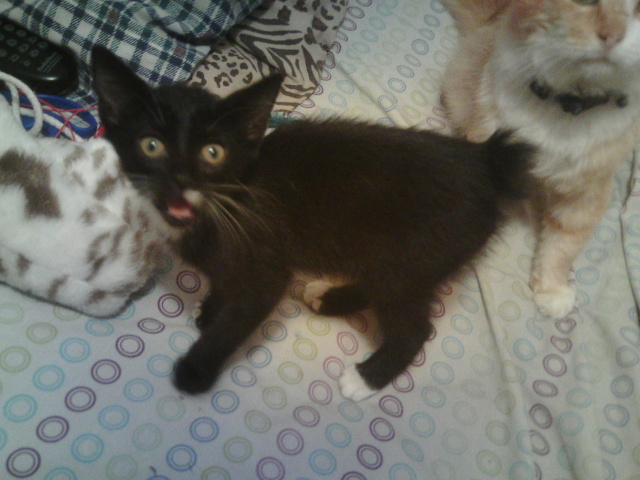 what breed is my bobtail kitten?
Question
Midnight
About a month ago I got a little bobt
what breed is my bobtail kitten?
Question
Midnight
About a month ago I got a little bobt
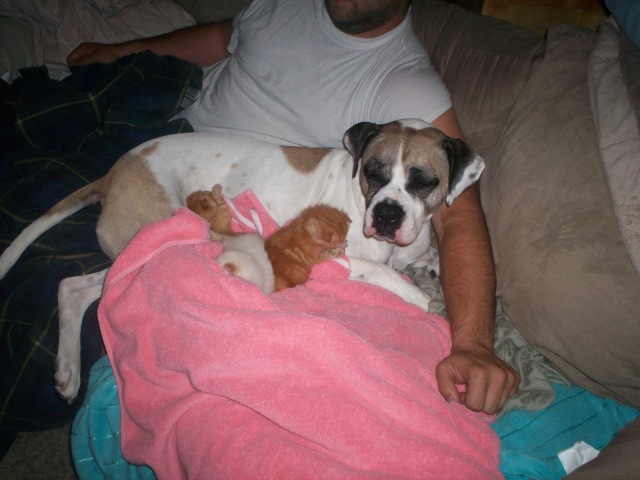 how long do I need to bottle feed?
Question
3 weeks old with their
4 weeks ago I was ridin
how long do I need to bottle feed?
Question
3 weeks old with their
4 weeks ago I was ridin
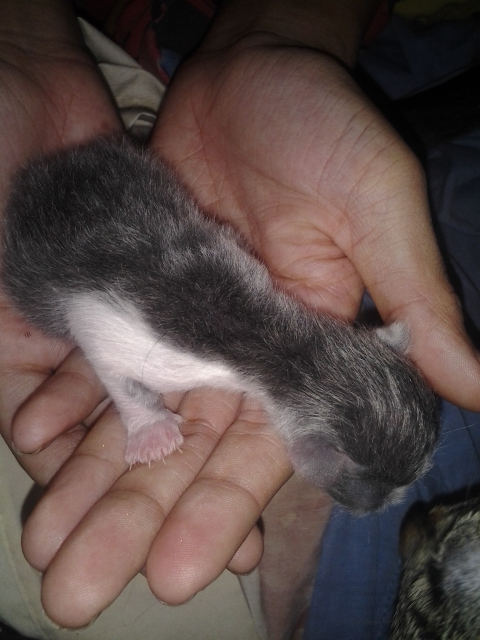 Help with Two Female cats Please!!!
Question
the kitten Cats
Hello, I have two
Help with Two Female cats Please!!!
Question
the kitten Cats
Hello, I have two
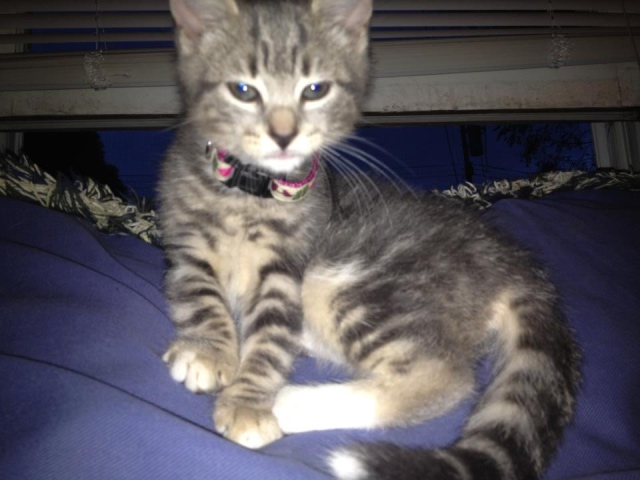 Trimming (crazy) Kittens Claws
Question
tigerlily
I need to trim my kittens nai
Trimming (crazy) Kittens Claws
Question
tigerlily
I need to trim my kittens nai
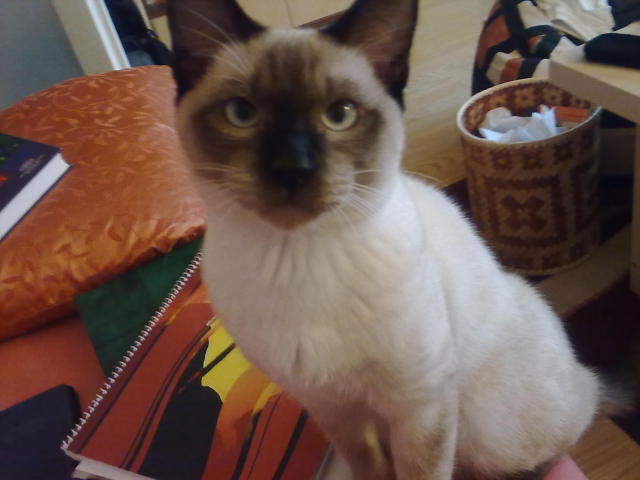 Siamese genetics
Question
my cat
Hello!
I would like to ask a seriously
Siamese genetics
Question
my cat
Hello!
I would like to ask a seriously